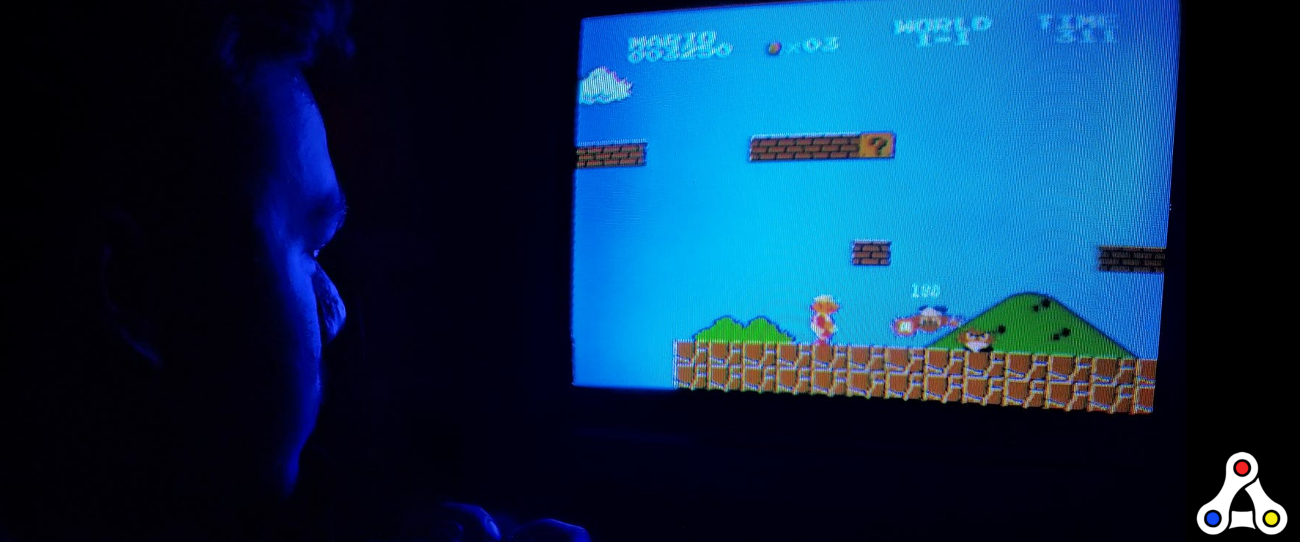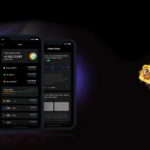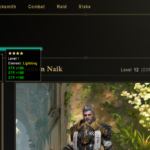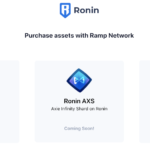There’s a big overlap between blockchain gaming and decentralized finance, think about rewards and community. While decentralized finance is the talk of the town at the moment, and non-fungible tokens also get lots of attention, it’s a bit quiet around gaming. However, there’s enough reason to make some noise. There are many similarities between decentralized finance and blockchain gaming, and the play-to-earn business model in particular.
Before getting deeper into the matter, let’s point out that this article is not about non-fungible tokens. Thanks to blockchain technology the authenticity and uniqueness of a digital asset can be registered. This means that your digital artwork is authentic, and that you’re the one of fifty people with a certain digital sword. Decentralized finance and the play-to-earn business model take one step back, and for example allow for a way an NFT can be used. Non-fungible tokens can represent insurances, ownership contracts, but also digital art and in-game items. Now with that cleared up, let’s jump into decentralized finance.
Introducing decentralized finance
Decentralized finance are financial services built on top of blockchain technology. In these cases smart contracts on the blockchain have replaced the role of centralized institutes. As a result there are no intermediaries and users are able to trade, borrow, lend, buy or sell peer-to-peer.
Of course there’s drama in this DeFi space, just take a look at the SushiChef and Yam. A young field like decentralized finance has lots of space to grow, just like decentralized gaming and the play-to-earn business model. However, at its core decentralized finance is community-driven. Users provide liquidity, they lock their tokens behind smart contracts, and they earn rewards for it.
There’s a true trisect with community, contribution and rewards. Every decentralized finance project needs all these in order to truly succeed in decentralizing their project. The tricky part are of course the rewards. Yield farming has been dominating the scene for some time, basically giving decentralized finance a bad rep. However, rewards are crucial. These are the incentives for a community to contribute financially to the success of platform. It gives everybody a stake in the platform’s success.
Even after the anonymous creator of SushiSwap dumped all his SUSHI tokens, the community went through great efforts to keep the project alive. When users form a strong community and have a common purpose, true decentralization can just be a few steps away.
Decentralization starts with community
The community powers decentralized finance by providing liquidity and creating demand. Participating users earn rewards for their contributions. On Uniswap liquidity providers are rewarded in UNI, which is a financial reward and a governance token. In the same way MakerDAO, Curve Finance, Aave, Yearn Finance, Compound, Balancer and Cream Finance all reward their community. They often do this with a governance token, which gives the community a say in the future of the platform.
This system of rewarding governance tokens has also proven to be successful with other types of platforms. For example, tokenization platform Rarible has seen a dramatic increase in trading since it rewarded buyers and sellers with RARI tokens. Sure, there are some who’ve been playing the system in order to reap rewards, but that’s part of the learning curve.
The MEME Token is perhaps one of the best examples of the impact of community. MEME holders need to stake, which means lock away, their tokens to earn ‘pineapples’. They can then redeem these pineapples for digital crypto art. This MEME token started as a joke with zero value, and is now trading for 1464 dollars per token. That’s a 1834 percent increase in just two weeks. When there’s community, a reward for providing liquidity and a use-case for a token, decentralized finance makes a lot of sense. It can even be a bit crazy, like MEME.
Gaming and decentralized finance
Decentralized finance sure isn’t as boring as regular banking. Perhaps that’s because it’s still in its infancy, but it can also be because the community is basically removing the boring intermediary. The result is a product that presents itself as a chef, an internet meme or a unicorn. Why so serious?
There’s clearly a strong connection with gaming. Community is very important for gaming and decentralization alike. Only when there are enough contributors working together and against each other for the same rewards, the project gains value. Only when there are thousands of gamers battling for a digital trophy, this reward gets a sense of value. Play alone, and the reward will have nothing more than a little bit of emotional value.
Gaming projects with play-to-earn
There are a couple of excellent examples of the play-to-earn mechanic on the market right now. Think about the Small Love Potions in Axie Infinity, the REVV token in F1 Delta Time and SAND in The Sandbox. Let’s take a look at these three projects.
One of the biggest advocates for the play-to-earn business model is Axie Infinity. In this game, which does require players to first buy at least three Axies, gamers earn Small Love Potions by battling enemies and winning online matches. These SLP tokens can be exchanged for money, or players can use them to breed a new Axie character. Currently SLP is trading for just over 2 cents, which means five wins in the arena earns players one dollar. Back in July the value of the token peaked, and playing the game was more profitable then minimum wage in many countries. Nowadays SLP is a lot cheaper again. However, it’s the fact that this was possible, that makes this story so interesting.
At the same time the virtual world of The Sandbox is also incorporating a play-to-earn mechanic. Players who participate in quests and events will be able to earn SAND as a reward. They can use SAND to participate in competitions, buy items in online shops or acquire virtual land. The more gamers are playing, and creators are building, the more value the token will get. Only through the existence of a strong community, digital rewards will be perceived as valuable.
Yat Sui from Animoca Brands recently posted on Twitter that they’ve added a bit of decentralized finance to their car racing game F1 Delta Time. Users who own digital assets, will be able to stake them and earn REVV tokens. However, REVV tokens are also needed to maintain the quality of gear and buy tickets to compete in competitions. A strong community increases demand for REVV, creating more value to those who earn the token one way or the other. Animoca Brands will use this token in at least three racing games, including an upcoming MotoGP game.
Difference between gaming and DeFi
I believe the play-to-earn business model to be very important for the future of blockchain gaming, and even gaming in general. It allows everybody to participate in a digital economy, and take the value they created out of the game and into the real world. Community participation and commitment is key for the success of an online economy, no matter whether we’re talking about gaming or decentralized finance.
From that perspective there’s not much difference between gaming and decentralized finance. If there’s a big community and you put something in, you will be able to earn some rewards. Simple.
However, the power of gaming is the ability for everybody to provide value. In decentralized finance you can only provide value by having big bags of money. The most valuable aspect a user can provide to a video game is time and dedication. Even those who don’t invest any money into a video game, provide value to the community as whole. How? Just by being there! They collect resources, trade on the market, do quests with friends and work together to overcome challenges.
Gamers who play for free are often not very committed. But what if you would reward them for their efforts, and give them a stake into the game world. With the play-to-earn business model gaming companies are able to reward players who invest time in their game. That’s what gives gaming a very approachable version of decentralized finance: powered by community and driven by rewards. However, instead of putting in 100.000 dollars, gamers provide hundreds of hours of their time. How’s that for liquidity?





